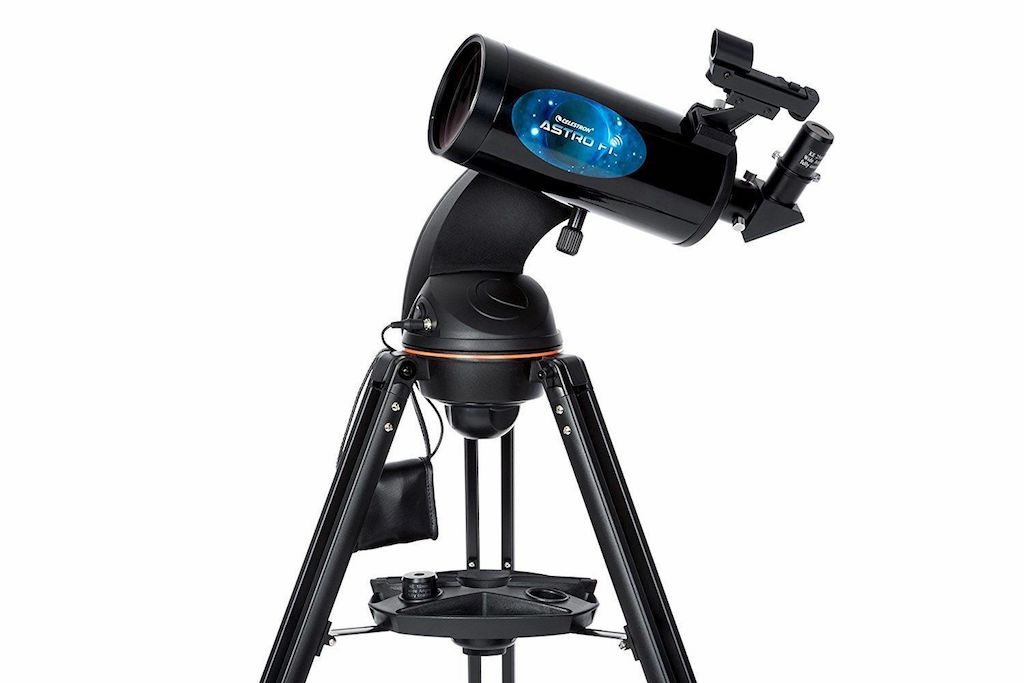Watch the moon and Venus snuggle up together in a live webcast
You can tune into the Virtual Telescope Project's broadcast at 11 p.m. EDT Thursday (May 26).
Venus and the moon will meet up in the sky Thursday (May 26) and you can catch their greetings online.
The two worlds will shine in a conjunction and the Virtual Telescope Project plans a broadcast starting at 11 p.m. EDT (0300 GMT on Friday, May 27); you can watch in the window above or directly through the project's website.

Looking for a telescope for the next planet sight or skywatching event? We recommend the Celestron Astro Fi 102 as the top pick in our best beginner's telescope guide.
Venus and the moon will appear only one degree apart in the sky, according to founder Gianluca Masi. Conjunctions, or close approaches between planets and the moon in the sky, are very common because the major worlds nearby us orbit on the plane of the solar system, also known as the ecliptic.
You can think of the ecliptic as a virtual highway in the sky upon which the planets, moon and sun appear to travel. Sometimes you even get eclipses when one world moves in front of another, from our perspective (or if the moon passes into the Earth's shadow, as what happens during a lunar eclipse.)
Related: The brightest planets in the night sky: How to see them (and when)
If you take a photograph of Venus and the moon let us know! You can send images and comments in to spacephotos@space.com.
In a few more weeks, you should be able to see as many as five naked-eye planets in the sky all at once: Mercury, Venus, Mars, Jupiter and Saturn. (Uranus and Neptune may also be visible with a strong telescope.) But these will all be aligning in the hours before dawn, while the evening sky gets more quiet.
If you're looking for binoculars or a telescope to see planets in the night sky, check our our guide for the best binoculars deals and the best telescope deals now. If you need equipment, consider our best cameras for astrophotography and best lenses for astrophotography to prepare for the next planet sight.
Breaking space news, the latest updates on rocket launches, skywatching events and more!
Follow Elizabeth Howell on Twitter @howellspace. Follow us on Twitter @Spacedotcom or Facebook.

Elizabeth Howell (she/her), Ph.D., was a staff writer in the spaceflight channel between 2022 and 2024 specializing in Canadian space news. She was contributing writer for Space.com for 10 years from 2012 to 2024. Elizabeth's reporting includes multiple exclusives with the White House, leading world coverage about a lost-and-found space tomato on the International Space Station, witnessing five human spaceflight launches on two continents, flying parabolic, working inside a spacesuit, and participating in a simulated Mars mission. Her latest book, "Why Am I Taller?" (ECW Press, 2022) is co-written with astronaut Dave Williams.
